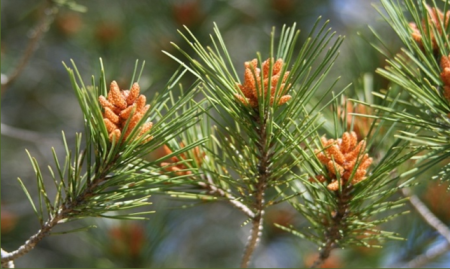
Objective:
We have projected for the first time to study the impact of geographic variation and environmental conditions on the chemical composition, the antioxidant activities as well as the antitumor activity of two of Pinus halepensis Mill. Oils provenances, distributed under different ecological conditions in Tunisia.
Context:
The massive use of antibiotics has led to the emergence of antibiotic resistance, which is a major public health issue. Several bacteria have developed multidrug resistance. They are included in the category of pathogens acquired in the community and in the hospital. This led to a strong demand for new antibiotics against pathogens and an interest was developed by the scientific community for the use of medicinal plants with antimicrobial properties.
Contacts:
Hanene Ghazghazi, Hanene8116@yahoo.fr, http://www.inrgref.agrinet.tn/
Gaith Regane, Ghaith.regane@yahoo.fr, http://www.fss.rnu.tn/
Meriem El Aloui, maryoumaa2000@yahoo.fr, http://www.inrgref.agrinet.tn/
Further information:
N. Nasri, A. Khaldi, M. Hammami and S. Triki, Biotechnol. Prog., 2005 , 21, 998.